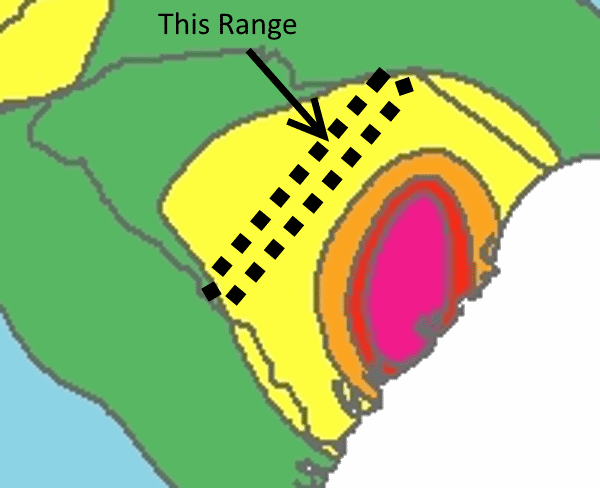In what manner have you determined soil modulus? I'm assuming that the basis for your settlement calculation is compression (i.e., you are not using 1-d consolidation theory).
I'd agree that the seat of settlement is the depth where delta sigma v is greater than 10 percent sigma v (i.e., below that depth the settlements become moot).
Your non-eccentric load is 1.5 ksf. If we assume a trapezoidal change in stress between bearing depth and 12 ft, that'd return an integrated change in stress of about 10,000 #/'. If we divide that by some modulus value - let's say 100 tsf (200,000 #/ft^2), that'd return 0.6 inches of total settlement. My methods are based on Hook's law.
Seems to me there's not likely to be too much a problem. Then again, I just made up numbers!
f-d
ípapß gordo ainÆt no madre flaca!


![[idea] [idea] [idea]](/data/assets/smilies/idea.gif)
![[r2d2] [r2d2] [r2d2]](/data/assets/smilies/r2d2.gif)